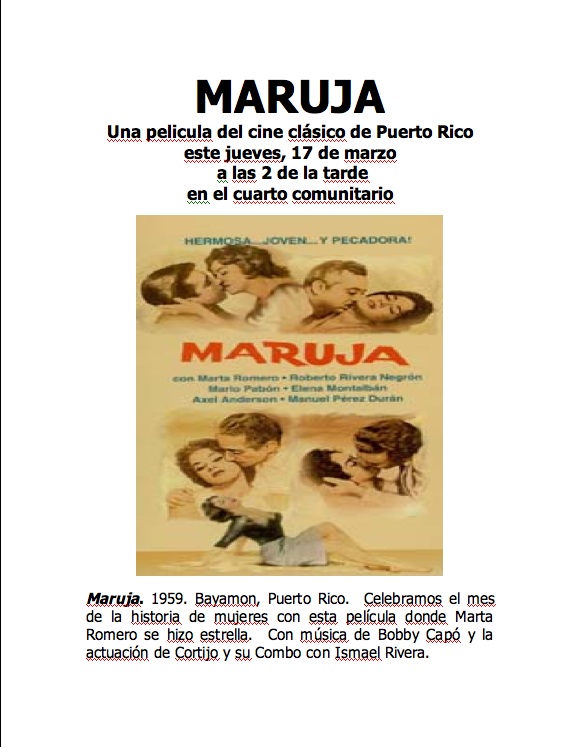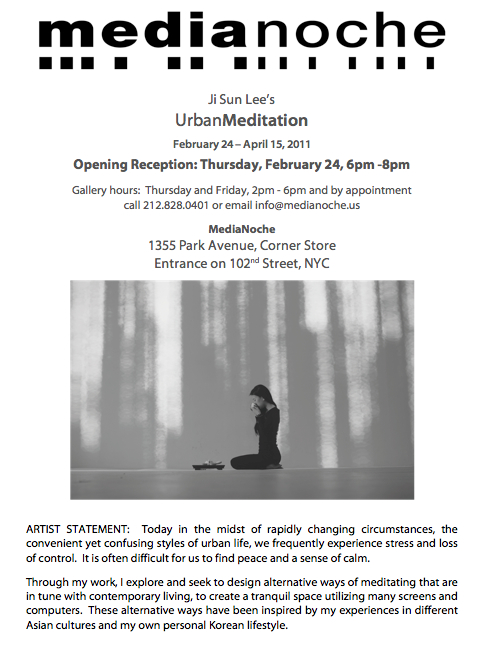American Civil Liberties Union (ACLU) of Puerto Rico National Chapter (Ferbruary 2011)
While the world celebrates the democratic revolution in Egypt, major violations of basic human rights are occurring in our own backyard.
Since Governor of Puerto Rico Luis Fortuño came into power two years ago, free speech has been under all-out assault. The following events have taken place recently:
* Thousands of public workers have been laid off and had their union contracts terminated, leading to tens of thousands of people peacefully protesting over the past year. One event turned out over 100,000 peaceful protestors and while in NYC hundreds marched on May Day, in Puerto Rico May Day turned out an estimated 30,000 citizens.
* At a protest at the steps of the Capital Building over the closing of access to legislative sessions, access that is constitutionally mandated, protesters were beaten mercilessly, pepper sprayed and shot at by Puerto Rico Police.
The same has occurred at other locations. At most events young women are the first to be targeted for police violence. At the University of Puerto Rico, female students, many of whom were beaten, were also sexually harassed, groped and assaulted (touched) by police.
Students have been mercilessly beaten, mazed and shot at with rubber bullets.
Citizens have accused, which images captured confirm, police of applying torture techniques on immobilized student protesters.
In the past two years, there have been several riots at protests in and around the University of Puerto Rico.
Many protesters have accused the police of causing the riots, which some videos also seem to confirm.
Since taking the oath of office, the current administration, which controls all three branches of government, has set out to quash Freedom of Expression.
In Puerto Rico, Expression has been in the form of protests against government policies, such as the firing of approximately 26,000 workers in total, privatizing government, closing off access to public information and legislative sessions, attempting to close down the university FM radio station during periods of civil unrest and going after the Puerto Rico Bar Association, which was a mandatory integrated Bar and is Puerto Rico’s oldest institution.
The 171 year old Puerto Rico Bar Association (Colegio de Abogados de Puerto Rico) has historically been a known focal point for liberal dissent against government policies.
Puerto Rico Governor Fortuño, who is considered a rising star in the Republican Party, has publicly committed to not allowing what he calls “extreme left” protests and expression.
On Friday, February 11, 2011, Governor Fortuño spoke about his administration’s policies while speaking at a Conservative Political Action Conference of the American Conservative Union (ACU) in Washington, DC, an activity attended by members of the National Rifle Association, the Tea Party and the John Birch Society.
* At the University of Puerto Rico all forms of expression have been prohibited, through a Resolution issued by UPR Chancellor Ana Guadalupe; a resolution which Governor Luis Fortuño ordered armed police officers to enforce.
On Wednesday, February 9, 2011, a group of students participated in civil disobedience on campus, consisting of a paint-in.
During the paint-in, students peacefully and without interrupting the educational process painted messages of protest in a limited area of the street at the front of the main library, in defiance of the Chancellor’s absolute prohibition on any form of protest.
Students immediately came under extreme physical and violent attack by members of the police force’s elite and heavily armed SWAT and Riot Squad teams.
While the ACLU is looking to file charges on Human Rights violations and evaluating other legal options, the Puerto Rico Daily Sun, a conservative English language newspaper, published a damming editorial in which it called for the resignation of the university’s president, chancellors and the Board of Trustees.
On Friday, February 11, 2011, President Ramón De la Torres’ resignation was unanimously accepted by the Board of Trustees.
However, the Board Chairperson, Ygrà Rivera, immediately stated that she will not be removing armed Puerto Rico Police officers from the University of Puerto Rico campus.
In its editorial, the Puerto Rico Daily Sun, stated that “[t]he indiscriminate aggression of police riot squads against students, who are exercising their constitutional rights in public areas without interfering with any academic or administrative activity, is a gross violation of their rights and an act comparable only to the acts of the dictatorships we all denounce and reject”.
The Daily Sun added that “[w]e do not want this new order, neither for our university, the Capitol, La Fortaleza or our neighborhoods.
We reject it with all our might, exercising our freedom of speech, or freedom of association, is not a crime”.
As we say in Puerto Rico, “mas claro no canta un gallo” (it could not have been more clearly stated).
On Sunday, February 12, 2011, just four days after students were mercilessly beaten by Puerto Rico Police agents, over 10,000 alumnus, parents, grandparents, family members and other citizens took to the streets and marched over to reclaim the UPR campus, demanding that the PRPD be immediately ordered off campus.
See news video:
http://www.primerahora.com/milesseunencontralacuotaylainvasionpoliciacaenlaupr-474118.html
In addition to the debacle and related violence at the University of Puerto Rico, in the past two years legislation has been passed that would prohibit protests at construction sites and most recently at any government building that renders educational services and other locations providing government services, under penalty of criminal prosecution.
The Puerto Rico Bar Association was recently de-certified through legislation which the governor signed into law, which all but shut down its operations.
Several lawyers aligned with the views of the current administration pushed for de-certification and had previously sued the Bar Association in federal court alleging that the Bar was forcing them to purchase an unwanted insurance policy; its $78.00 per year cost was paid from Bar Association dues.
Bar members were never informed of the particulars of the lawsuit and Federal Fudge José Antonio Fusté issued a GAG order prohibiting the disclosure of important aspects of the case to Bar class members.
The Puerto Rico Bar Association is not being allowed to inform and counsel Bar members about their right to opt out of the lawsuit.
Thousands of lawyers are not even sure why they are a part of this lawsuit.
It is believed that an English language notice on the right to opt out of the lawsuit may not be sufficient guarantee that Bar members will fully understand the ramifications of their actions.
Many members of the Bar have limited English skills, particularly lawyers in the smaller and rural towns.
The newly elected President of the now voluntary Puerto Rico Bar Association (Colegio de Abogados de Puerto Rico), Osvaldo Toledo, was jailed on Friday, February 11, 2010, at a federal detention center in Puerto Rico, where he remains on contempt of a court charges for refusing to pay a $10,000 fine imposed on him for having counseled Bar members who insist that they have a right to know the particulars of the suit and procedure for opting out.
Federal Judge José Antonio Fuste’s GAG order extends not only to the President of the Puerto Rico Bar Association, but also board members, administrators, agents and servants.
The Executive Director of the American Civil Liberties Union in Puerto Rico, William RamÃrez, had previously been warned by the Bar that he may not be able to speak out against what is held to be an injustice and First Amendment infringement.
Speaking out in defiance of the federal court order may result in the arrest of anyone covered by the court’s GAG order and further fines imposed against the Puerto Rico Bar Association.
After studying the court’s order, we at the ACLU do not, at this time, believe that the federal court order reaches class members or other members of the Bar, including the staff and cooperating attorneys of the ACLU in Puerto Rico.
However, we do believe the order to be unjust and believe it should be set aside.
The ACLU will continue to fight for the right to free speech and peaceful assembly in Puerto Rico and fully intends to take on any challenges that it may face.
View WAPA America TV interview with ACLU Puerto Rico director:
http://www.wapa.tv/noticias/locales/aclu–preocupante-el-incidente-en-la-upr/20110210141712
Some links that may be helpful to you as background can be found below.
News footage of some of the protests: http://www.elnuevodia.com/videos-noticiasencontronazoentrelapoliciayestudiantes-783039244001.html
ACLU of Puerto Rico National Chapter
Union Plaza,
Ste 1105
416 Ave. Ponce de León
San Juan, Puerto Rico 00918
Teléfono: 787-753-8493
Fax: 787-753-4268
Staff Director Ejecutivo:
Lcdo. William RamÃrez-Hernández
Asistente Administrativo:
Milagros Benezario-Fuentes Abogado:
Lcdo. Josué González-OrtÃz Abogada Asociada:
Lcda. Wilma Reverón-Collazo Abogada Asociada:
Lcda. Eva Prados-RodrÃguez
Abogado(a)s Asesores Voluntarios:
Lcda. Judith Berkan-Barnett
Lcda. Ada Conde
Lcda. Nora Vargas-Acosta
Advisory Board 2008
Linda Colón-Somoza
Lcdo. Juan Correa-Luna
Lcdo. Gerardo A. Flores
Lcda. Jessica M. Guardiola
Lcdo. JoaquÃn Monserrate-Matienzo
Roberto OrtÃz Feliciano
Dra. Mary Rivera
Lcda. Ana Irma Rivera-Lassén
Cristina Rivera Miró
Chi Chi RodrÃguez
Enid Routté-Gómez
Lcdo. Emilio Soler-Mari
Courtesy of National Institute for Latino Policy (NiLP) | 101 Avenue of the Americas | New York | NY | 10013-1933

